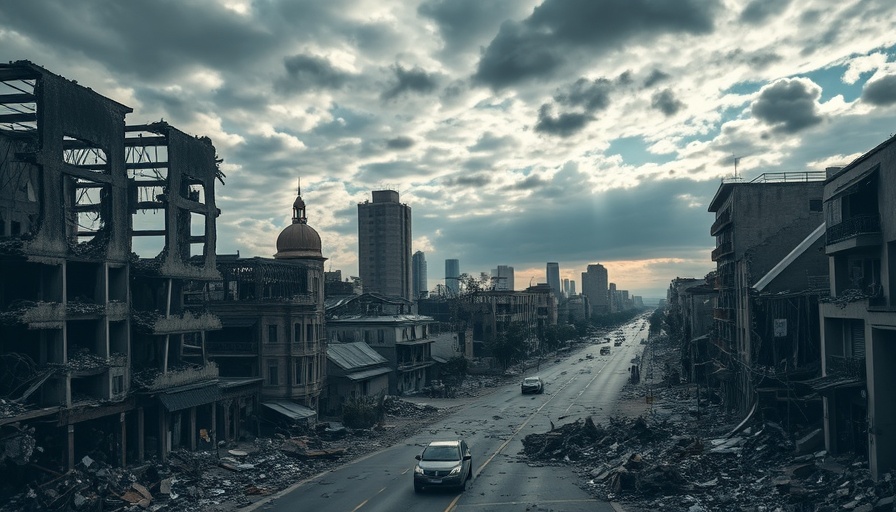
The Growing Impact of Natural Disasters on Healthcare Economics
Natural disasters have increasingly disrupted not only the lives of individuals but also the broader economic landscape. Several studies indicate a disturbing trend: as climate change intensifies, so too do the health risks faced by populations. From 1980 to 2024, over 16,900 individuals have lost their lives in the U.S. due to natural disasters, marking an alarming average of 376 deaths per year, surging to 568 in 2024 alone.
Financial Toll: A Look at the Numbers
The economic implications of natural disasters have also shown a steep rise. In 2024, the U.S. experienced 27 confirmed billion-dollar weather and climate disaster events, totaling approximately $182.7 billion in damage. This follows a record-setting 2023, which saw 28 separate billion-dollar incidents. Over the past decade alone, the financial costs of such disasters have exceeded $1.4 trillion, which highlights the profound economic strain these events impose.
A Closer Examination of Contributing Factors
While climate change plays a significant role in this increasing cost, it's crucial to note other contributing factors. According to the National Oceanic and Atmospheric Administration (NOAA), the growing costs of extreme weather events largely stem from population growth and increased material wealth. As more people inhabit developing urban and coastal areas susceptible to natural calamities, the potential financial impact rises correspondingly.
Strategies for the Concierge Medical Practice
For concierge medical practice owners, these trends underscore the importance of preparing for the health-related fallout from natural disasters. As the risk of healthcare disruptions from such events grows, practices need to ensure they have robust emergency preparedness and continuity plans in place. This includes maintaining updated patient records, having telehealth options available, and investing in business interruption insurance to protect against potential revenue losses.
Looking Forward: Predictions for Healthcare and Economic Impact
Given the patterns observed in recent years, it is likely that natural disasters will continue to increase in both frequency and severity. This can lead to higher healthcare costs as more individuals seek treatment for both physical injuries and mental health issues arising from such tumultuous events. Practitioners in the healthcare space, particularly in concierge medicine, must stay informed about these challenges to safeguard both their patients and their practices.
Actionable Insights: What You Can Do
Understanding these trends is crucial for concierge medical practice owners aiming to establish their reputation as knowledgeable and resourceful in times of crisis. Consider incorporating training and resources about disaster preparedness into your practice, providing educational materials for your patients regarding personal and family safety during disasters, and proactively addressing potential health issues that could arise in the aftermath.
Conclusion: Preparing for the Inevitable
The increasing health and economic costs of natural disasters should not only be seen as data points but as a call to action for all healthcare practitioners. As we anticipate further challenges ahead, being proactive in preparation and education will fortify your practice against these unpredictable occurrences. Dive deeper into preparing your practice for these eventualities to enhance resilience in both health and finance.
 Add Row
Add Row  Add
Add 




Write A Comment